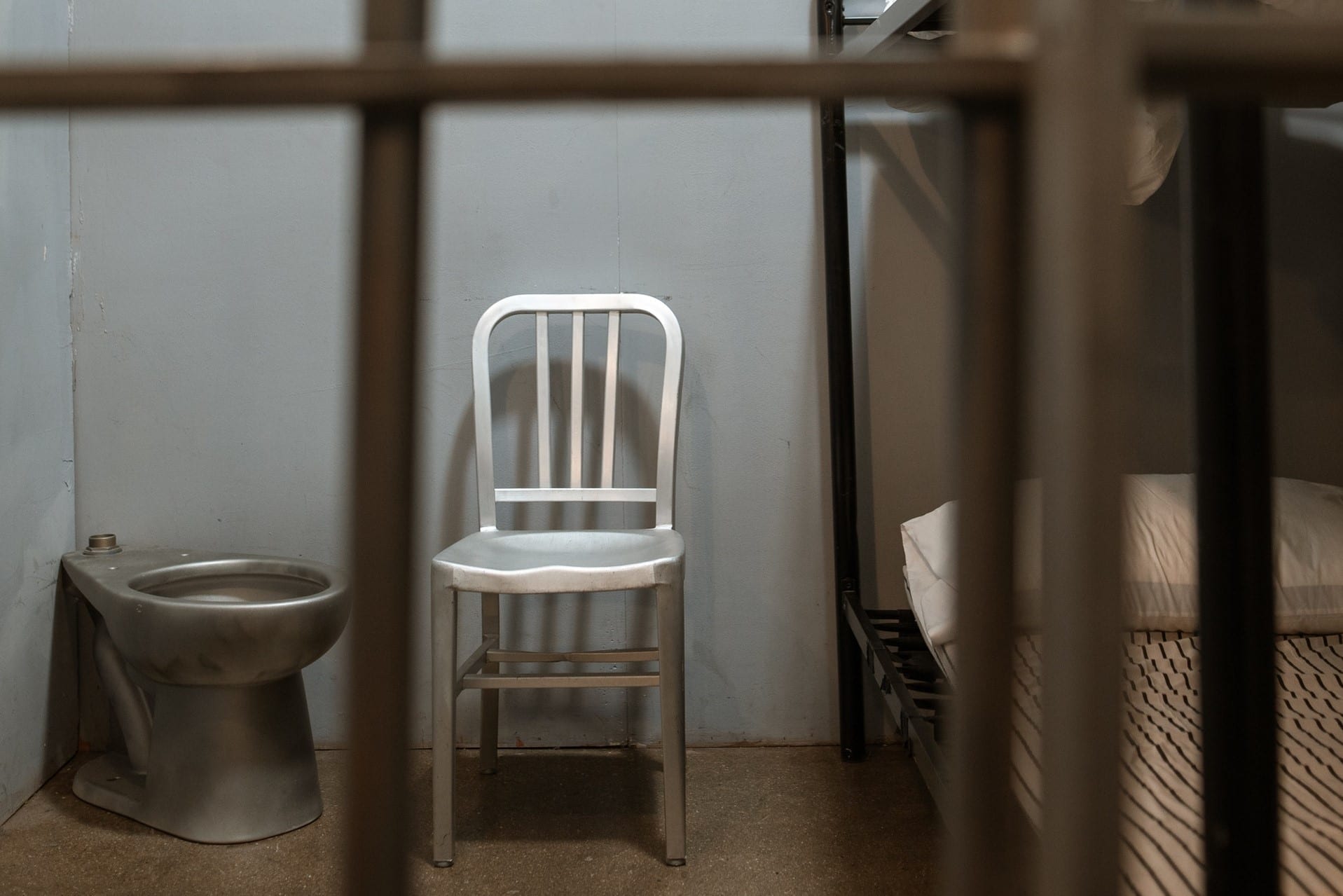When a jury or a judge finds you guilty of a crime, what happens next may feel scary. You might go jail or prison right then. Or the court might release you until a sentencing hearing. But, either way, if the judge orders you to prison, you will find yourself going to prison. But how do you know what prison you will go to?
What do officials consider about you when deciding what prison you will go to?
In the Bureau of Prisons, incarcerated people are generally classified based on several factors. These factors include the level of security and supervision incarcerated people need. It also includes the prisoner’s program needs. This includes substance abuse, education, job training, and medical and mental health treatment. The BOP will consider these and other factors when deciding what prison you will go to.
For federal prisons, the classification and designation of prisoners takes place in Texas. The BOP makes these decisions at the Designation and Sentence Computation Center (DSCC) in Texas.
What do officials consider about prisons when deciding what prison you will go to?
The BOP also considers what facilities offer when assigning people to prisons. Officials will consider the security and supervision that the prison officers. They will also consider what other programs each prison offers.
The BOP also classifies prisons into five security levels: (1) minimum, (2) low, (3) medium, (4) high, and (4) administrative. The BOP makes this determination based on many different factors:
- internal security,
- towers,
- housing type,
- barriers,
- equipment,
- prisoner-to-staff ratio,
- programming, and
- many others.
What other factors will the BOP consider when deciding where to place you?
The BOP also considers many others when deciding where to place people in prison. Examples include the following
- your release home,
- prison overcrowding,
- the court’s recommendation,
- monitoring issues,
- protections of victims, witnesses and the public, and
- other factors related to you, the public and BOP officials.
It is important to remember that these are only examples of factors that the BOP considers. The BOP could consider others, and none of them control the decision by themselves.

Can you transfer to another prison after the BOP sends you to one?
Once you know what prison the BOP is sending you to, expect to stay there for a while. While the BOP does consider transfer requests, its process for doing so isn’t quick. And, as you might expect, the BOP does not grant every request that prisoners make.
Your request for transfer starts at your current facility. It is sent to the DSCC in Texas. There, officials consider the requests and make decisions. In doing so, the DSCC considers your request. It also considers details about your current facility and the facility or area you’d like to move to. As the BOP says, however, it is often easiest to talk to your facility before making a request.
“Inmates are encouraged to work closely with members of their institution unit team to determine if transfer to a facility closer to their release residence may be possible,” the website says. Hardship transfers are also possible if you have a medical condition.
The Takeaway:
You may not know what prison you will go to until after you are already in custody. Federal judges often make recommendations, but it is the BOP that decides. They consider a variety of factors when making that decision. And putting you close to your family or your release home are part of them. But these factors are often trumped by other ones.






